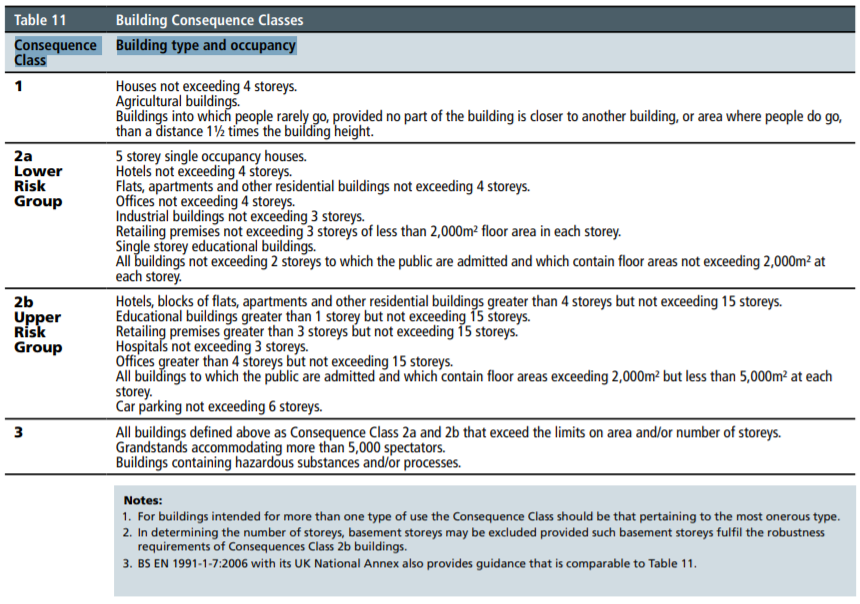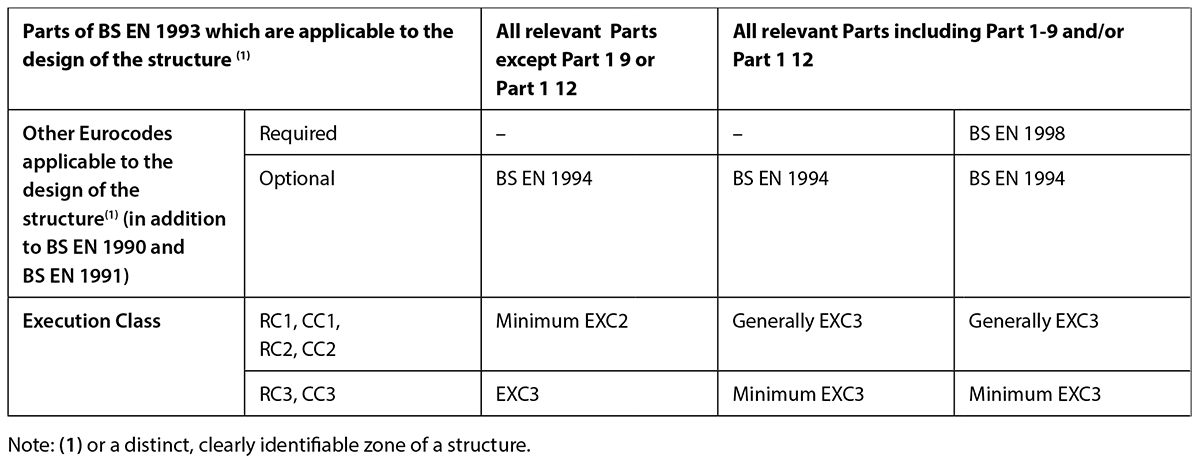Sadly, the process of determining whether the CE marking applies to a product or not is complex. The European legislator does not furnish any list of products or nomenclatures that can be used to identify the relevant CE marking directives.
The CE marking is applicable on the products put into service or placed in the market in the European Economic Area (EEA), and only for certain product groups or product aspects. Therefore, for the purpose of answering the question of whether a product needs to be CE marked, one first needs to determine in which countries the products are going to be used or placed in the market. Secondly, for each single directive, it has to be determined if the products, or some of its aspects, fall within its scope.
Step 1. In which countries the products are going to be placed in the market or used?
The CE marking is required only in the member countries of the European Economic Area (EEA). EEA is composed of twenty-eight member states of the European Union (EU):
- Austria
- Belgium (Founder Member in 1957)
- Bulgaria
- Croatia
- Cyprus
- Czech Republic
- Denmark
- Estonia
- Finland
- France (Founder Member in 1957)
- Germany (Founder Member in 1957)
- Greece
- Hungary
- Ireland
- Italy (Founder Member in 1957)
- Latvia
- Lithuania
- Luxembourg (Founder Member in 1957)
- Malta
- The Netherlands (Founder Member in 1957)
- Poland
- Portugal
- Romania
- Slovakia
- Slovenia
- Spain
- Sweden
- United Kingdom (Great Britain)
Also, there are three members of the European Free Trade Association (EFTA):
- Iceland
- Norway
- Liechtenstein
Though Switzerland is member of the EFTA, it is not a part of the EEA.
An important point to note here is that, Turkey is neither a part of the EEA nor is considered a member of the EU. However, Turkey has fully implemented many of the European CE marking directives. This means that for many products, Turkey also require CE Marking.
If the product is to be put into service or placed in the markets mentioned above, the CE mark needs to be applied if the product is covered by one or more of the European CE marking directives.
- What are the directives in which the product falls?
The CE marking is essential for the products for which a CE marking directive or regulation has been established. There are directives/regulations for the following types of products. There can be more than one directive/regulation that can apply to a single product. The directives for CE Marking are:
- Toys
- Machinery
- Electrical equipment
- Electronic equipment
- Personal protective equipment
- Pressure equipment
- Medical devices
- Active implantable medical devices
- In vitro diagnostics
- Radio and Telecommunications terminal equipment
- Simple pressure vessels
- Gas appliances
- Lifts
- Recreational craft
- Equipment and protective systems for use in explosive atmospheres
- Non-automatic weighing instruments
- Cableways
- Construction products
- Explosives for civil use
- New hot water boilers
- Measuring Equipment
The CE mark is NOT required for the following products:
- Chemicals
- Pharmaceuticals
- Cosmetics
- Foodstuffs
Products not covered by the European CE marking directives, might fall within the scope of other European or national legislation. But if there is no specific legislation, the General Product Safety Directive (2001/95/EC) may apply. This European Directives demands that the products are safe, but is does not require any marking.
Fill the below form to get your CE Certification QUOTE today or to get further consultation on CE Certification for your product!!


